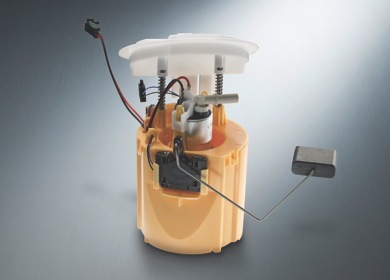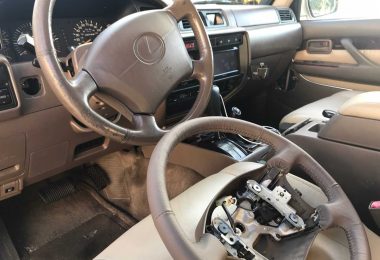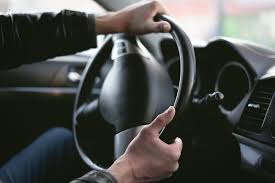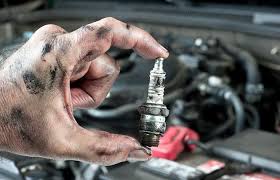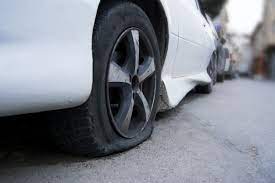
How to find out the fault of your Fuel pump; have you found yourself in a situation where your car can not start, and you do not know the cause of it? Here are the first things you need to do so as to know the cause of the problem while the car could not start. Before testing the fuel pump, go over this checklist. This includes some obvious items and often forgotten common maintenance issues that may turn into a false “bad fuel pump” diagnostic.
1. Check if there is enough fuel in the tank. If the engine cranks but refuses to start, make sure that you actually having enough fuel in the tank.
2. Listen for fuel pump noise. Usually, you can do this test yourself from inside the vehicle. By turning the ignition ON, you should hear the fuel pump come alive with a swishing sound for about 2 seconds. If you can’t hear the pump working, enlist the help of an assistant and follow carefully the next steps:
- Remove the fuel filler cap.
- Put your ear close to the fuel filler opening.
- Ask an assistant to turn the ignition key to the ON position, but don’t start the engine.
- You should hear a whirring sound coming from inside the fuel tank for about two seconds. That’s the sound of the fuel pump being energized. That means the pump is receiving power and it’s responding.
- If you don’t hear this sound but the engine cranks when you try to start it, you may have a problem in the fuel pump electrical circuit. Check the fuel pump fuse, fuel pump relay, and, if necessary, the wiring and other related sensors that the engine control module (ECM-car computer) relies on to activate the fuel pump, like the camshaft position sensor.
- Check the car computer for any stored diagnostic trouble codes in the computer that may point in the direction of the problem. If the car moves, you can go to a local auto parts store that can pull the diagnostic trouble code for you.
- If you think there’s a problem in the electrical circuit and the fuel pump fuse is okay, try switching the fuel pump relay with another similar relay in your car and try starting the engine.
- On some vehicle models, insufficient engine oil pressure will keep the engine from starting to prevent engine damage. In this case you need to check for the level of the engine oil. This could be done manually of car.
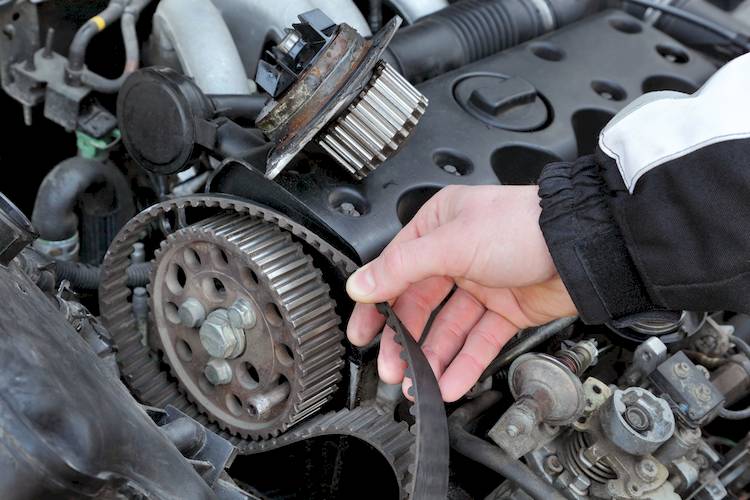
3. Make sure the timing belt is okay. If the engine cranks but don’t start and the engine use a timing belt, make sure the belt is still in place firm or not loose. On average, a timing belt has a service life of about five years. On some models, checking the timing belt is a simple procedure. After removing the cover or being able to pull the cover a bit, confirm that the belt is in place. If so, have an assistant crank the engine while you observe the belt. Make sure the belt runs smoothly.
4. Consider whether the fuel filter is clogged. Have you changed the fuel filter according to your car manufacturer service schedule? Look up the service interval for the fuel filter in your car owner’s manual or vehicle repair manual. If necessary, replace the filter to make sure you are not dealing with a restricted or clogged fuel filter.
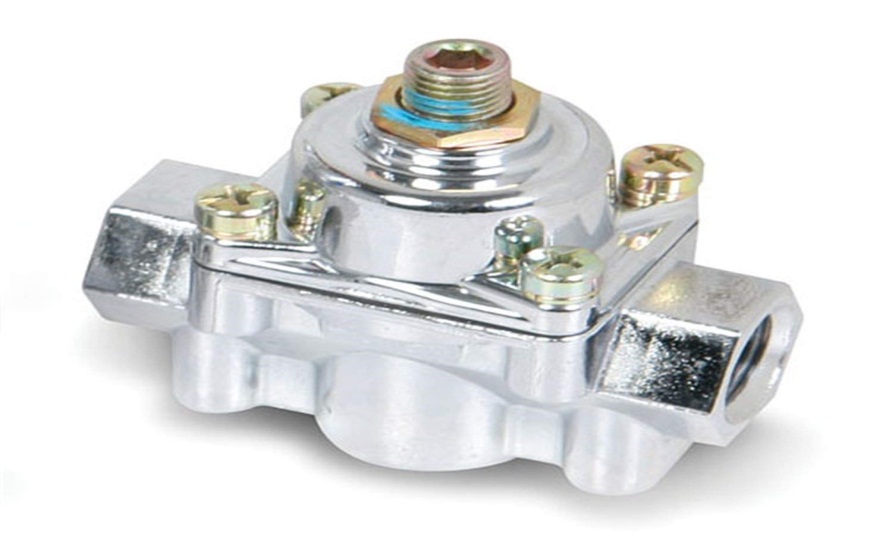
5. Check the vacuum line to the fuel pressure regulator. Disconnect the vacuum line from the fuel pressure regulator. This is a small metallic cylinder connected to the fuel rail. Check that the vacuum line has no traces of fuel and is completely dry (if possible, do this check with the engine idling). If the inside of the vacuum hose is wet, it’s sucking fuel off the pressure regulator because the diaphragm is torn. Replace the fuel pressure regulator. By the time you embark in all of these above you will be able to know your car problem.

